The recent changes in the stock market have acted as a warning to certain Americans. Specifically, Americans who are too old to be investing the amount they are in the market. Many of these individuals, unfortunately, are likely to ignore that warning. See, the market surprisingly rose during most of the pandemic. This fact, combined with more than a decade of low yields for bonds, has caused many older Americans who are approaching retirement to invest a lot of money in the stock market. In fact, according to the Wall Street Journal: “Almost 40% of investors age 60 to 69 hold about 67% or more of their portfolios in stocks.”
Now, investing in the stock market during your younger years is one thing. But risky investments like that near or in retirement are another. Market downturns could lead to the depletion of your retirement nest egg. The decision by some investors to keep so much in stocks is being tested right now. In the past weeks, most major market indexed have declined sharply. Intraday trading has caused the S&P 500 to swing by more than 3% on some days.
Why Are People Investing Too Much in Stocks?
Many people point to the relatively quick recoveries from the market drops that occurred in the 2000s and again in 2020. They don’t see there being a better place to invest their money. But as you get older, stock market volatility becomes more of an issue. You have less and less time to make up for losses.
There’s a reason why some of these older Americans may be taking risks like this. They may have money coming in in the form of pensions or other paychecks. Other people could simply be investing in stocks because they think the risk is worth a higher return than bonds. They may be looking to fund a lifestyle that they couldn’t otherwise afford.
Many baby boomers started investing long before the proliferation of target-date funds (which hold mixes of stocks and bonds that become more conservative as investors age.) Those types of funds have been very useful to investors in their 20s, 30s, and even 40s. Older investors, however, are much more likely to be “do-it-yourself investors.”
Again quoting the Wall Street Journal, they recommend that: “investors who plan to retire by 2025 [should] hold 57% of their investments in stocks.” But say that “About 40% of 401(k) investors aged 60 to 69 hold 67% or more of their portfolios in stocks.” They also warn that “some investors are unaware that their portfolios are as heavily tilted towards stocks as they are.” they say that some investors “come in thinking they have 60/40 portfolio only to discover it has drifted to 80% in stocks because equities have risen so much.”
What Can You Do?
The Wall Street Journal, and other news sources, recommend that you take steps to address how much risk you can afford to take. One way of assessing your risk tolerance is the Rule of 100.
The Rule of 100 is a simple calculation you can do to determine your risk tolerance, based on the idea that the less time you have to recover from loss, the less money you should put at risk in investments like stocks. Simply, the Rule of 100 is: The number 100, minus your age, equals the amount of your portfolio that should be put into riskier investments. As an example, let’s say you’re 63 years old. 100 – 63 = 37, so 37% of your portfolio can be put into riskier investments. Again, this strategy is based on the idea that less time means you should be more conservative. As for the remaining 63% of your portfolio, it should be kept safe in much more secure accounts. And speaking of more secure accounts…
When it comes to accounts you can keep your money safe in, you could use a traditional retirement account like a 401(k) or IRA. Or, you could reach out to our firm about purchasing an insurance product such as an IUL policy or annuity. Contact us to learn more about these types of products.
Another important step to take when it comes to keeping your money safe is paying attention. As previously stated, you want to make sure you’re sticking to your desired stock allocation. Only around half of the individual investors bother keeping up with this, says the Wall Street Journal. They say “Have a systematic approach, and follow it.”
Looking for alternative ways of increasing your retirement nest egg, that doesn’t put your money at risk? Reach out to us at Tower Bridge Financial to learn more.


